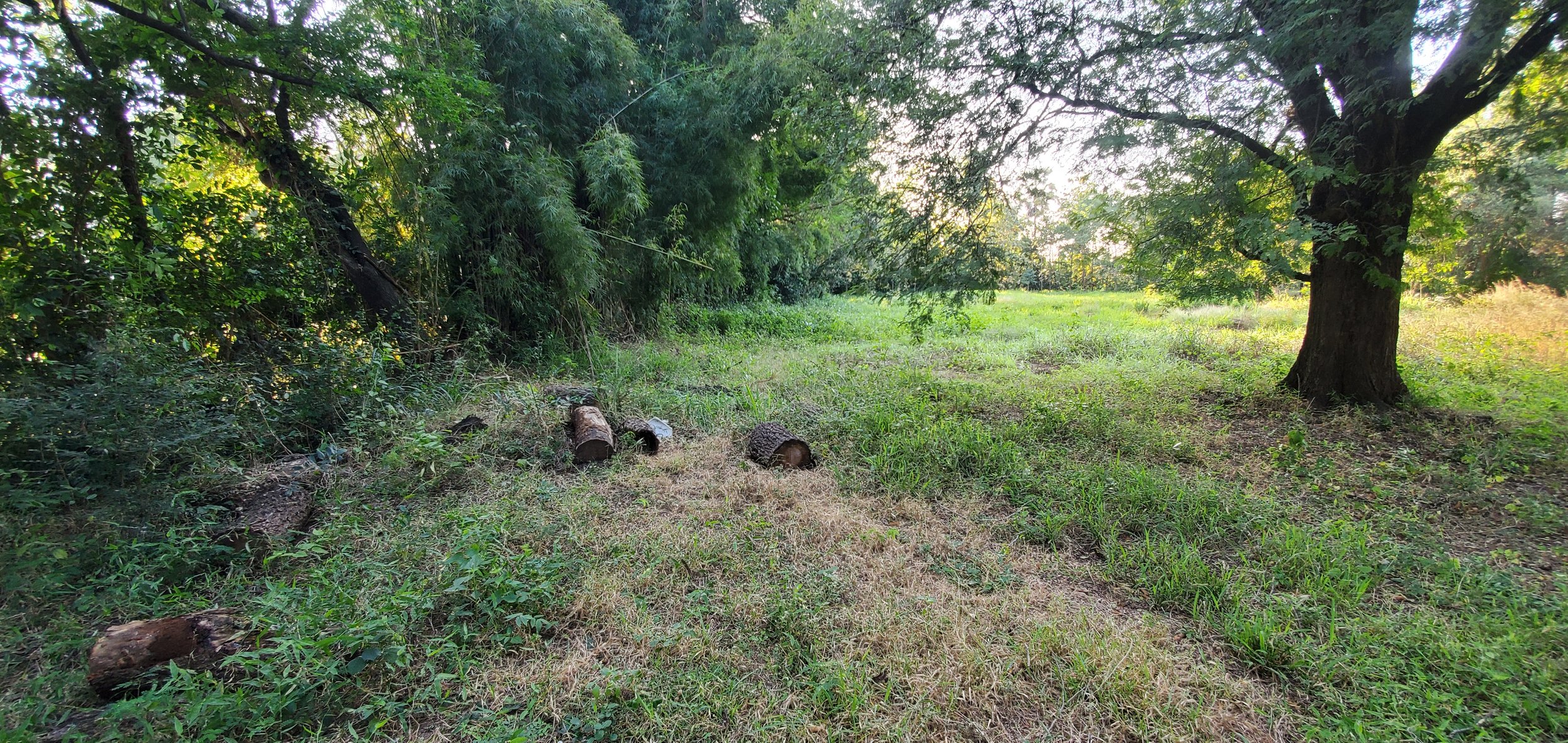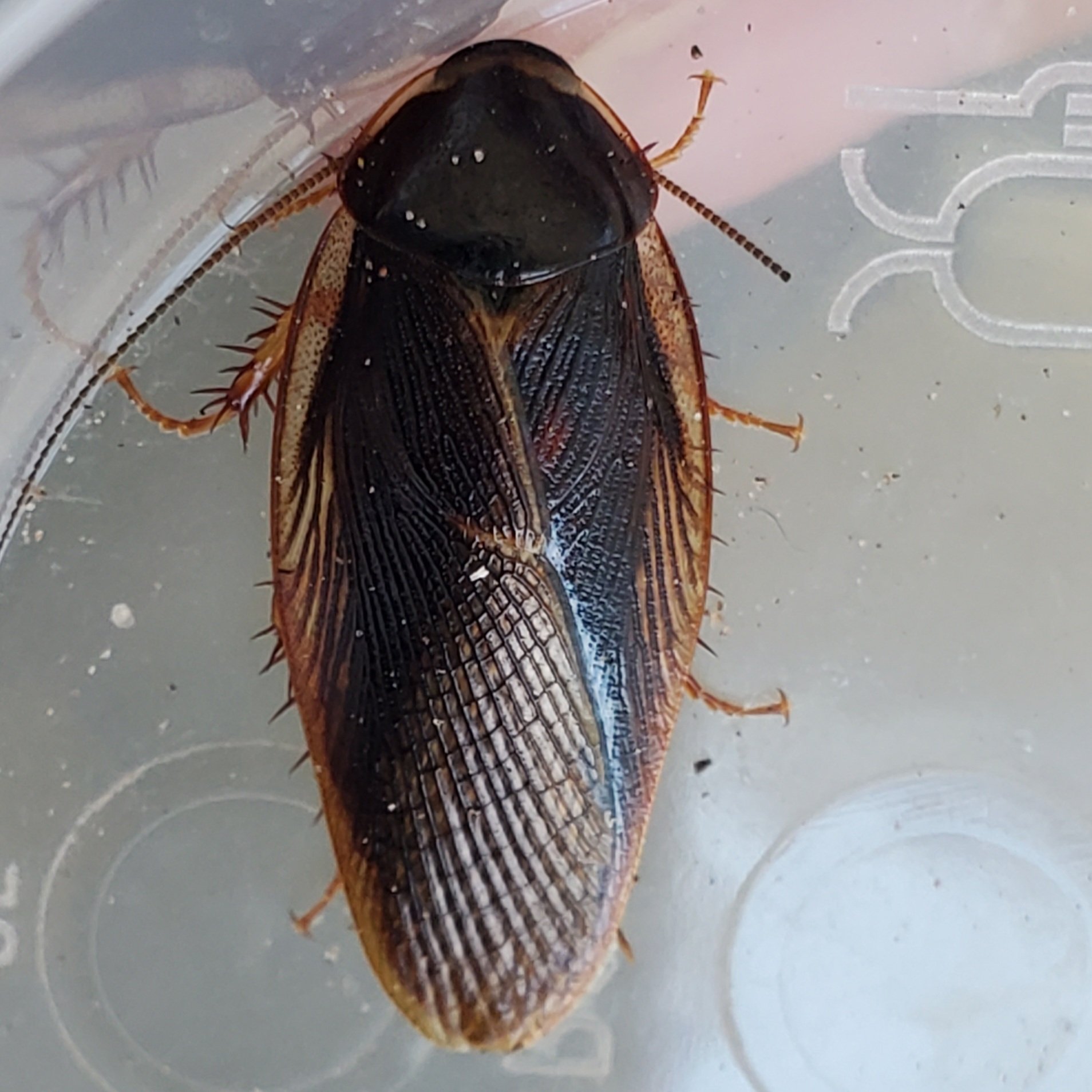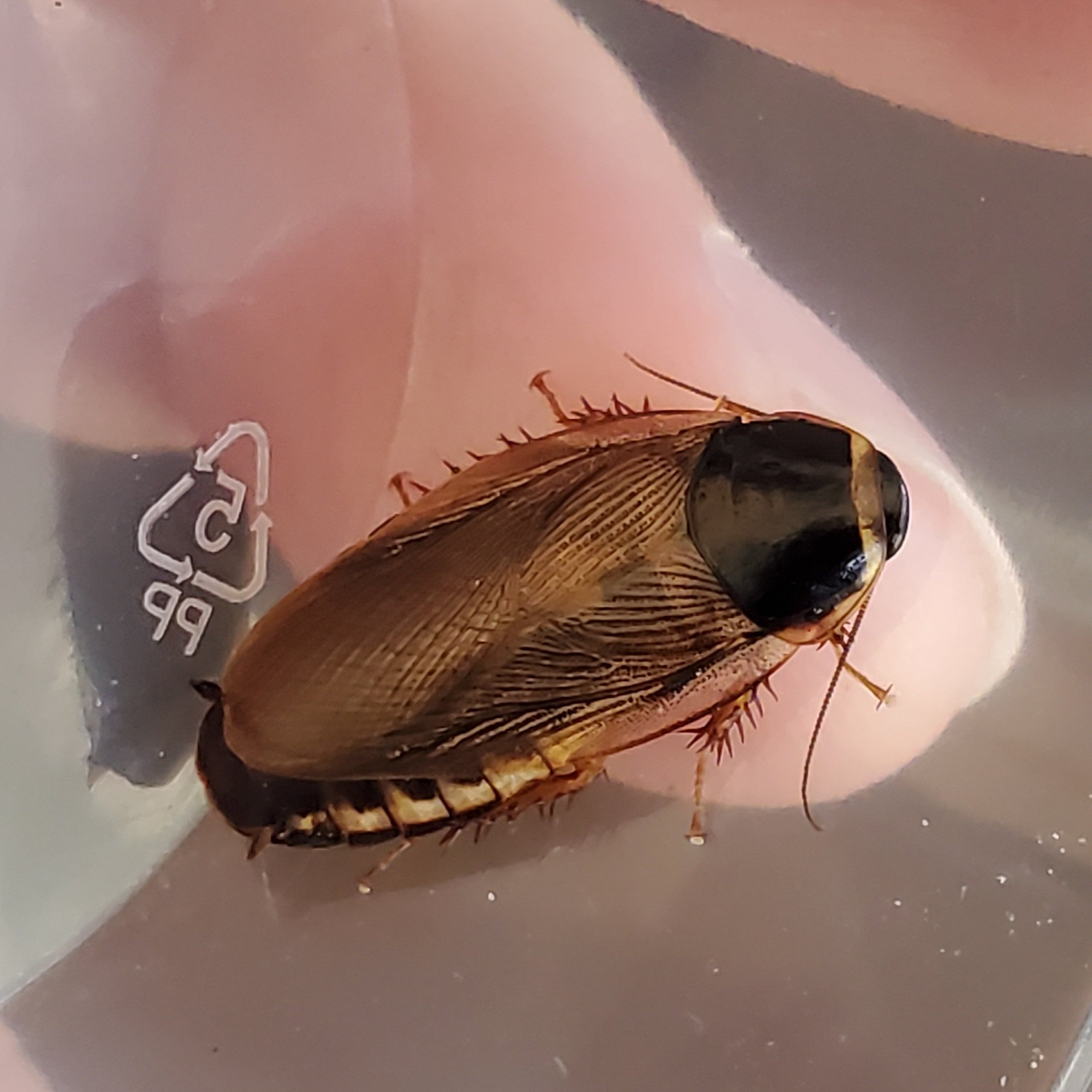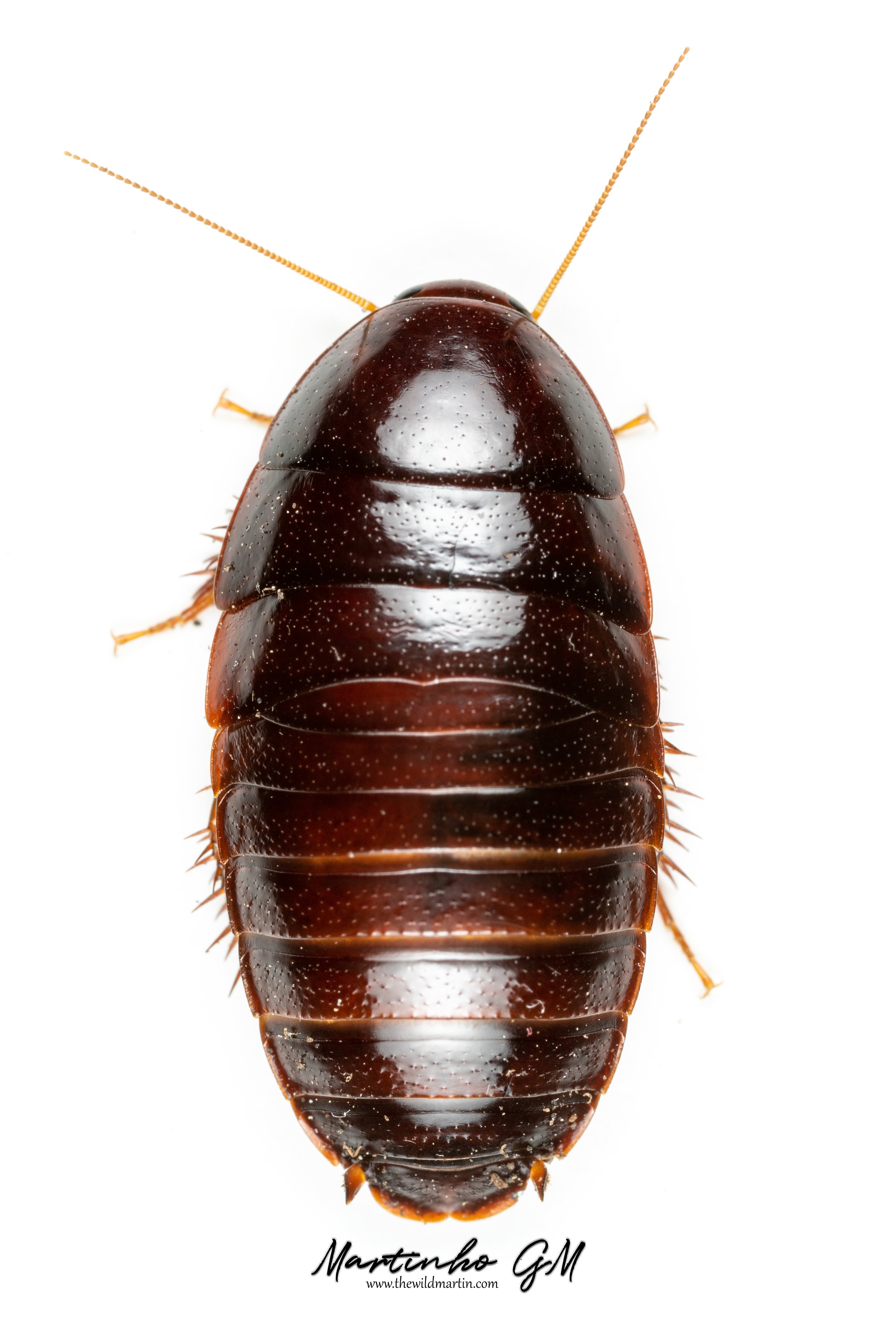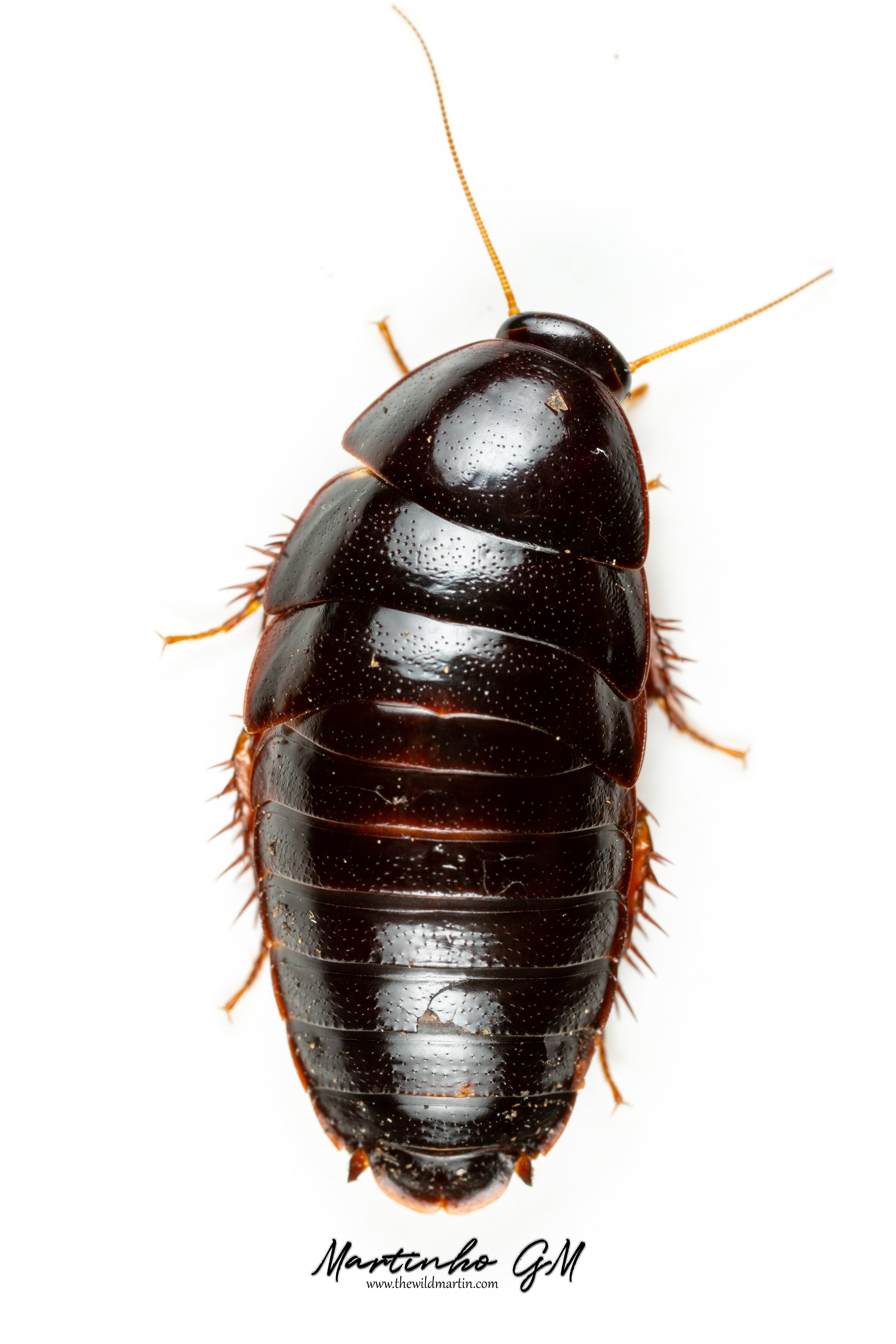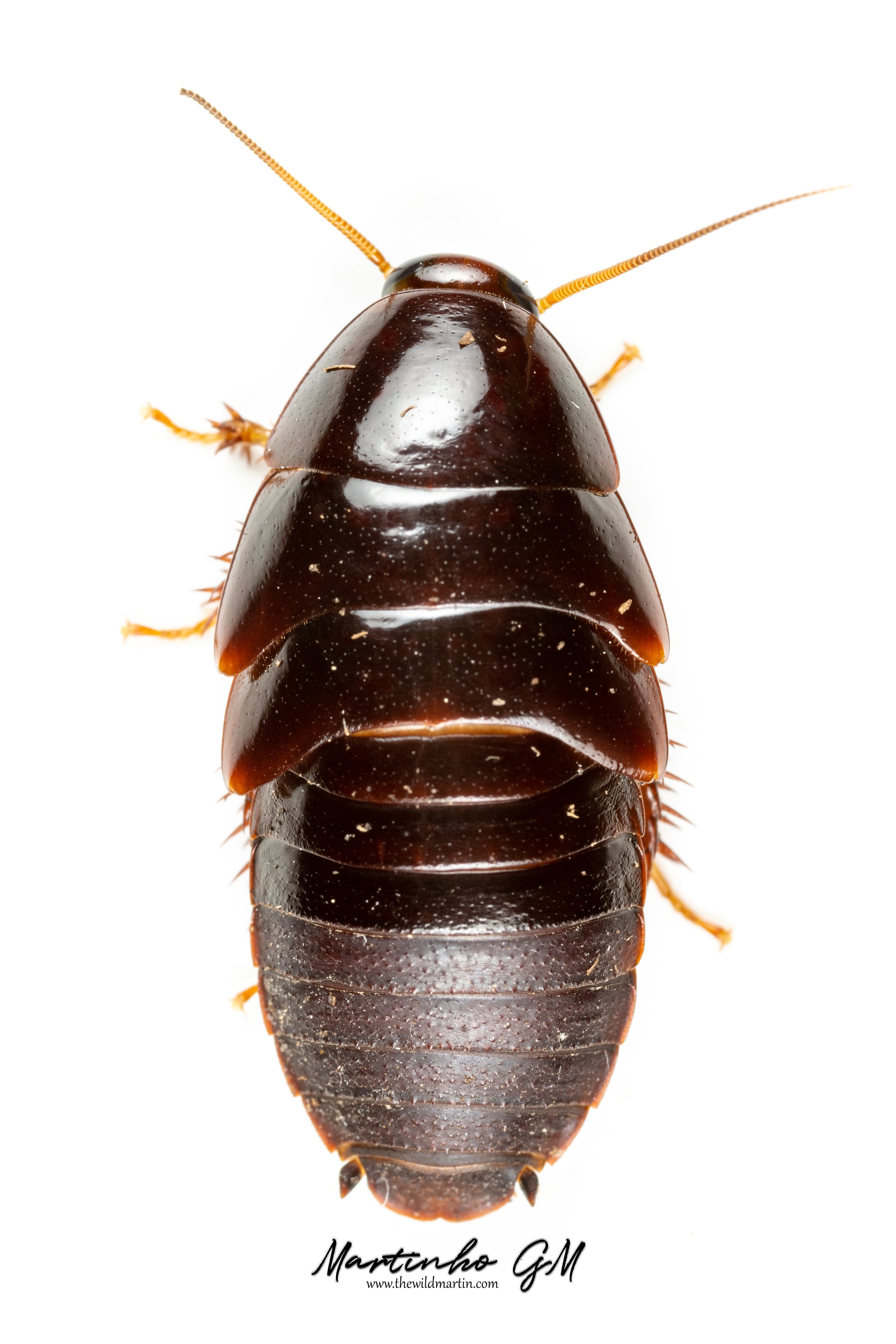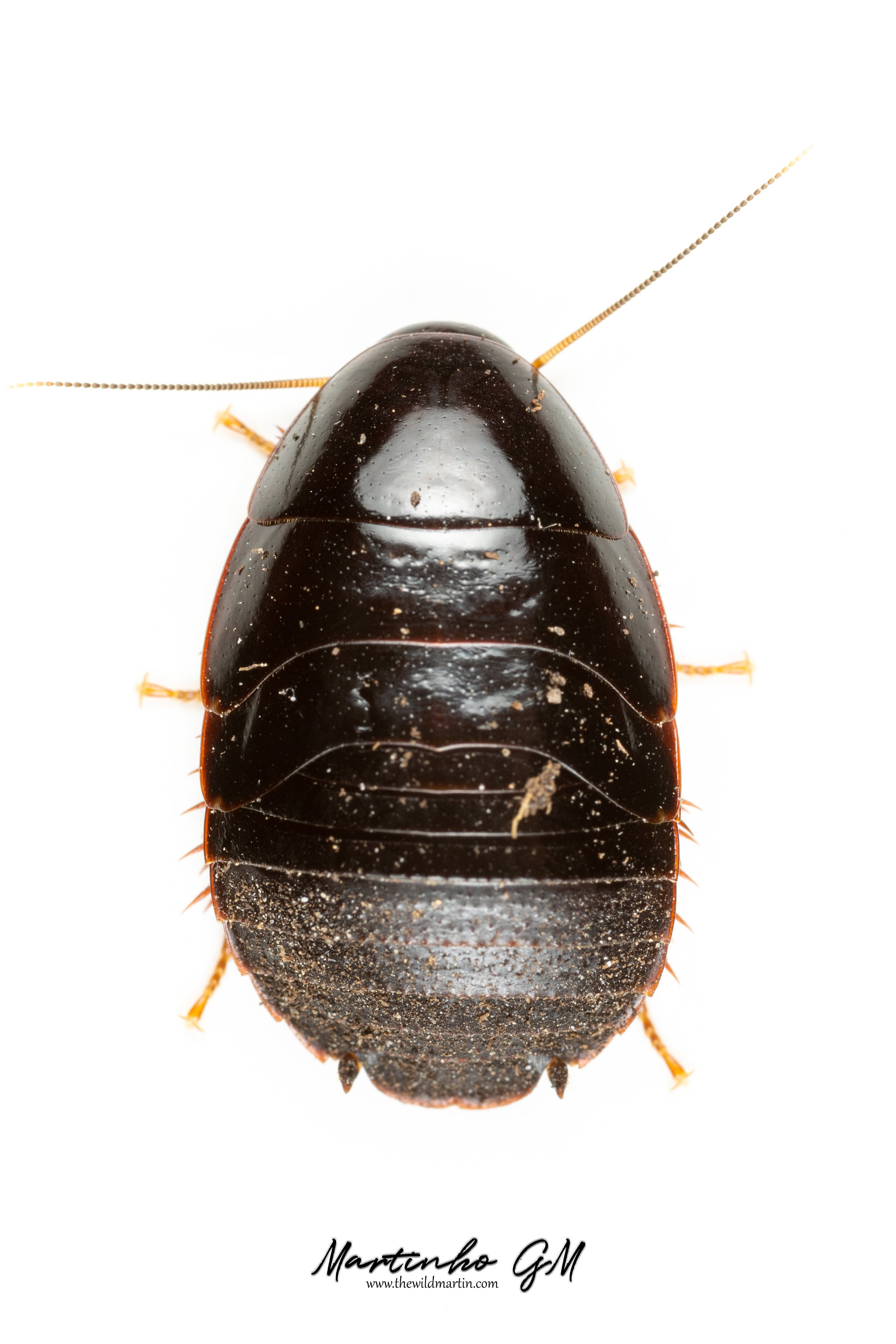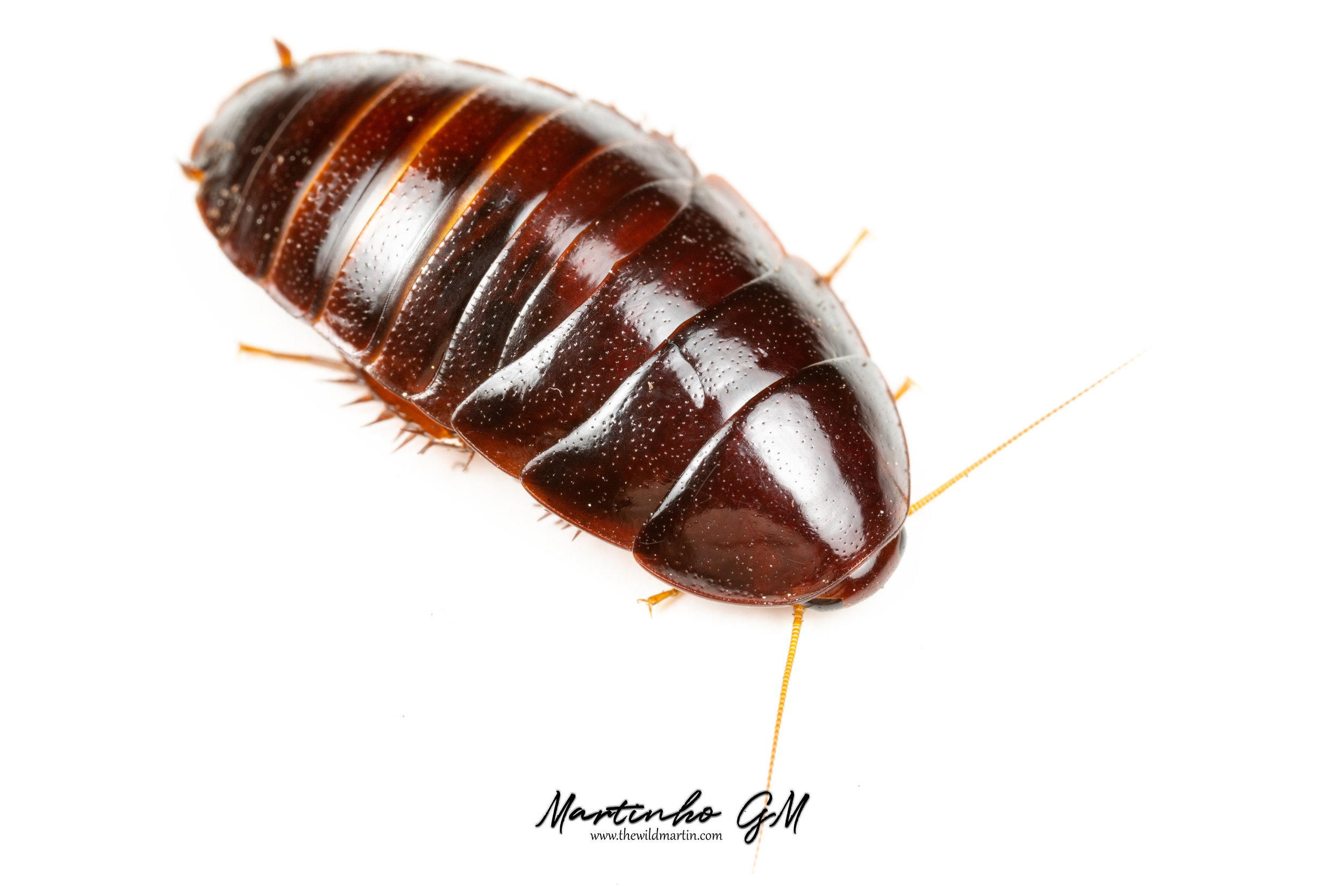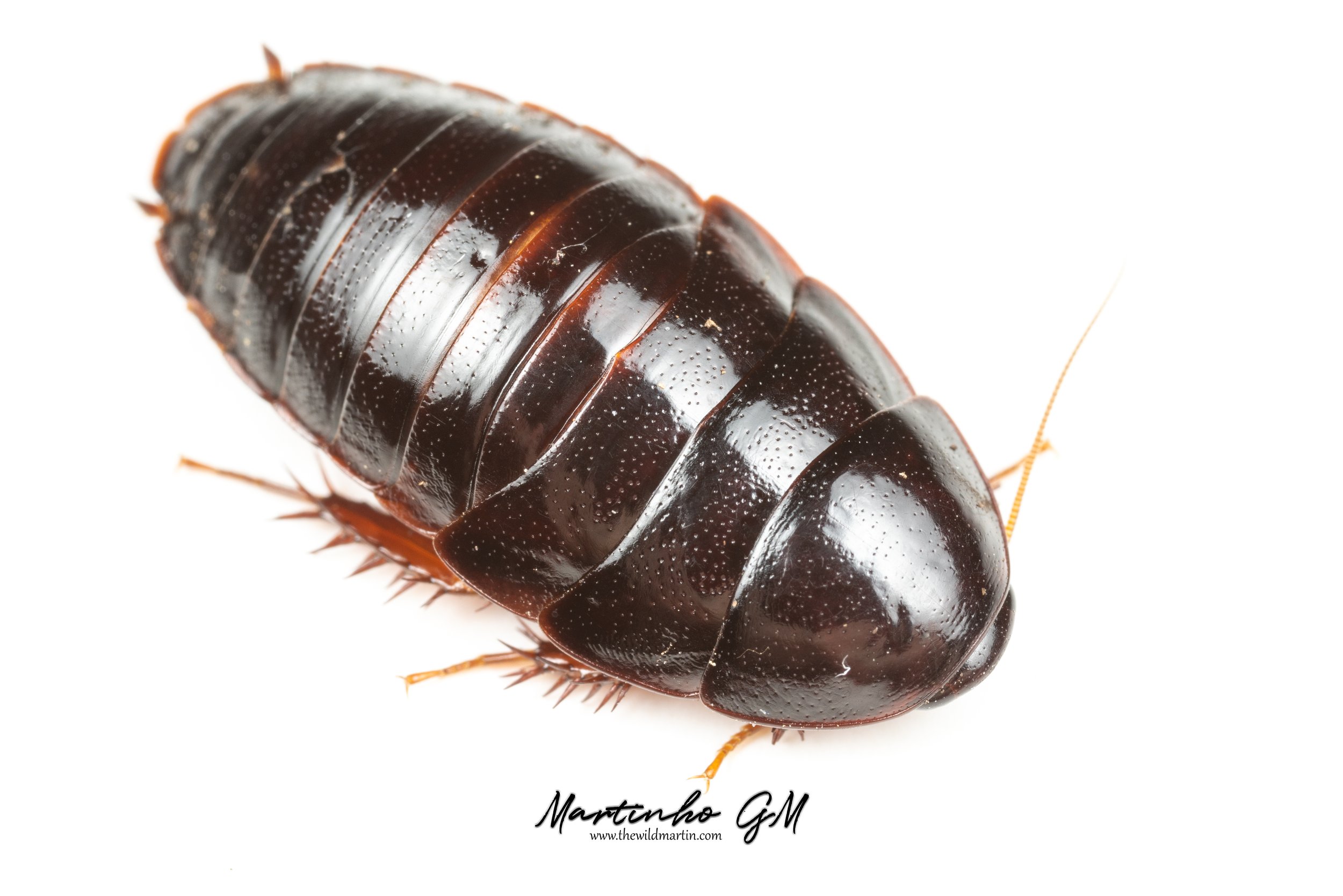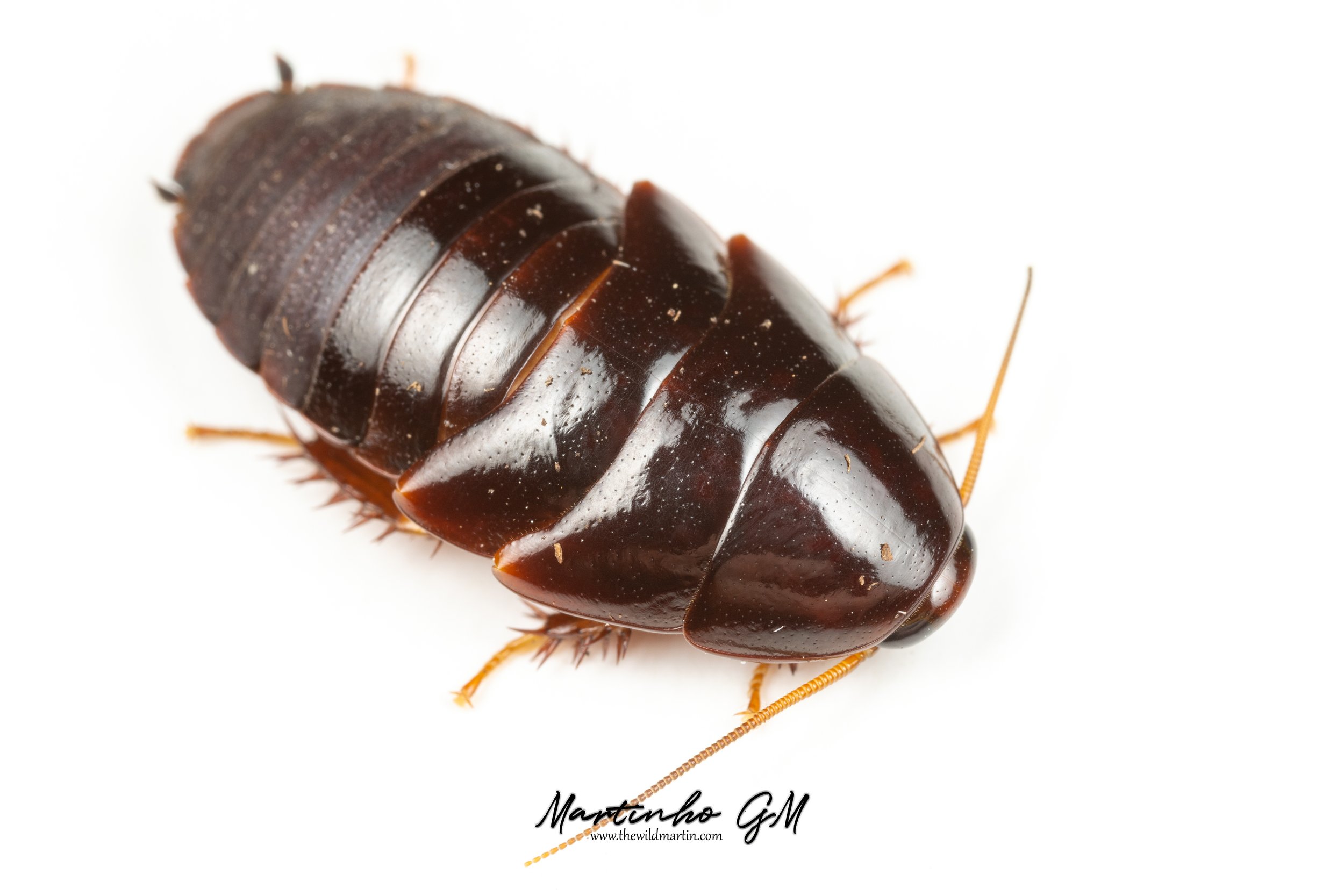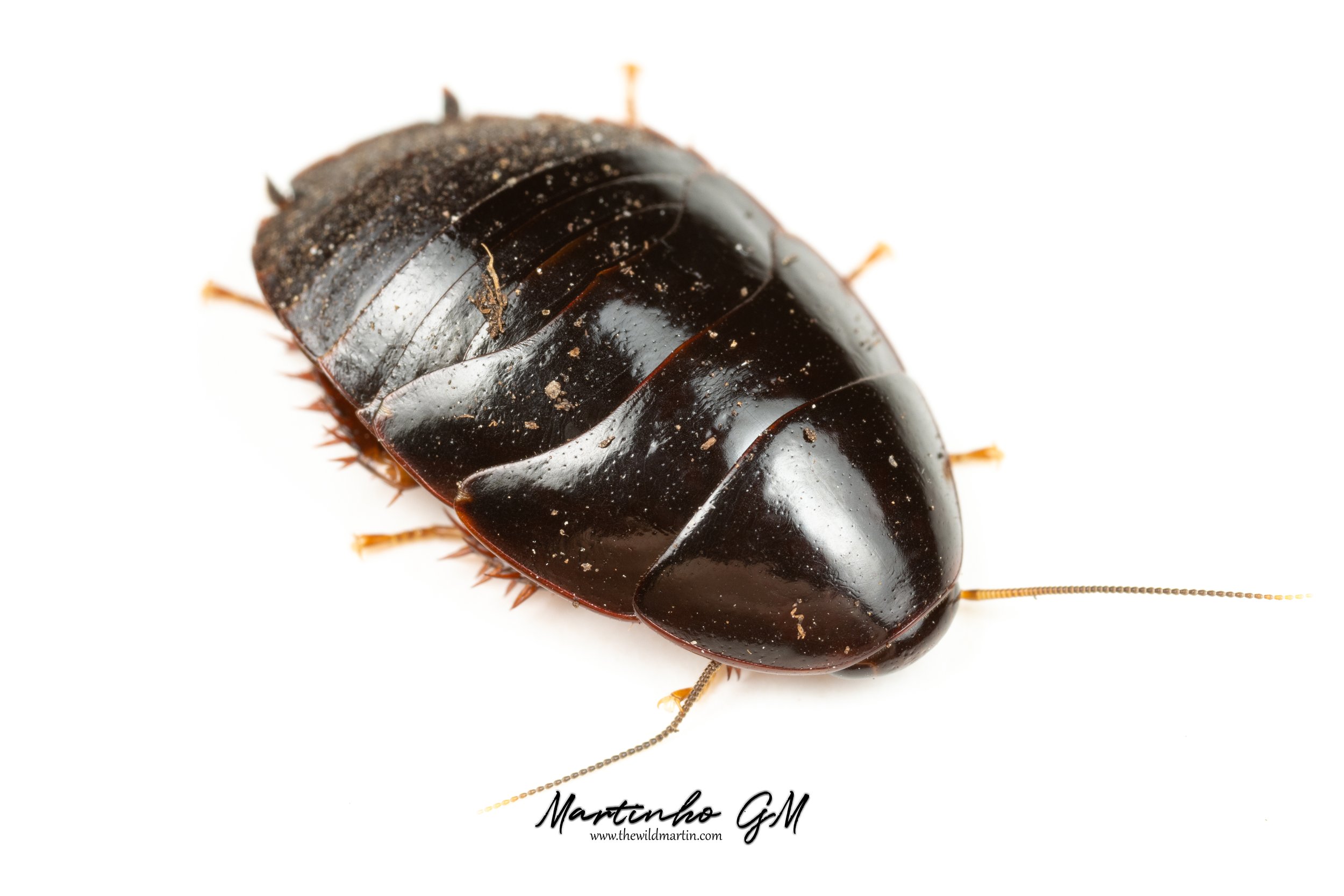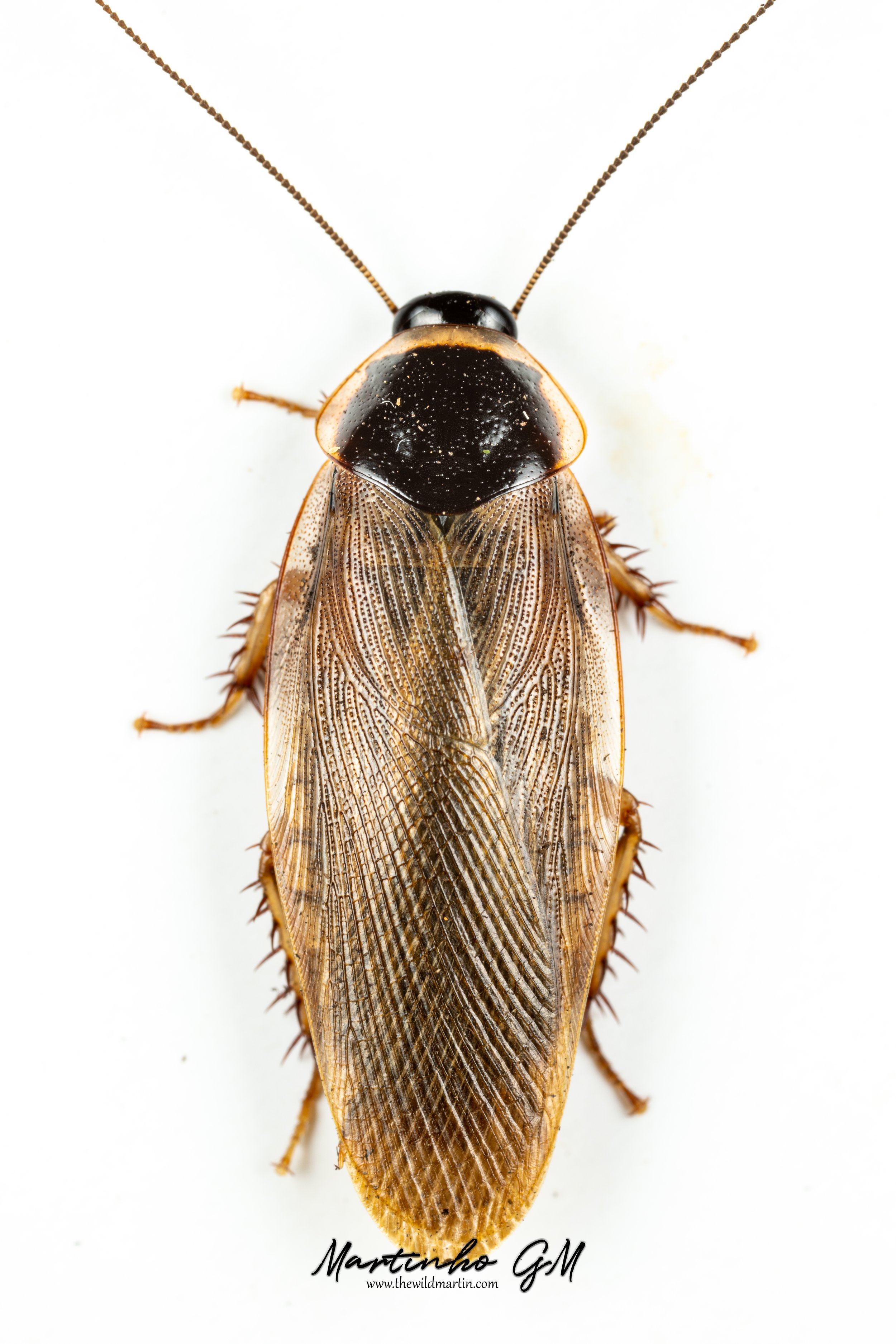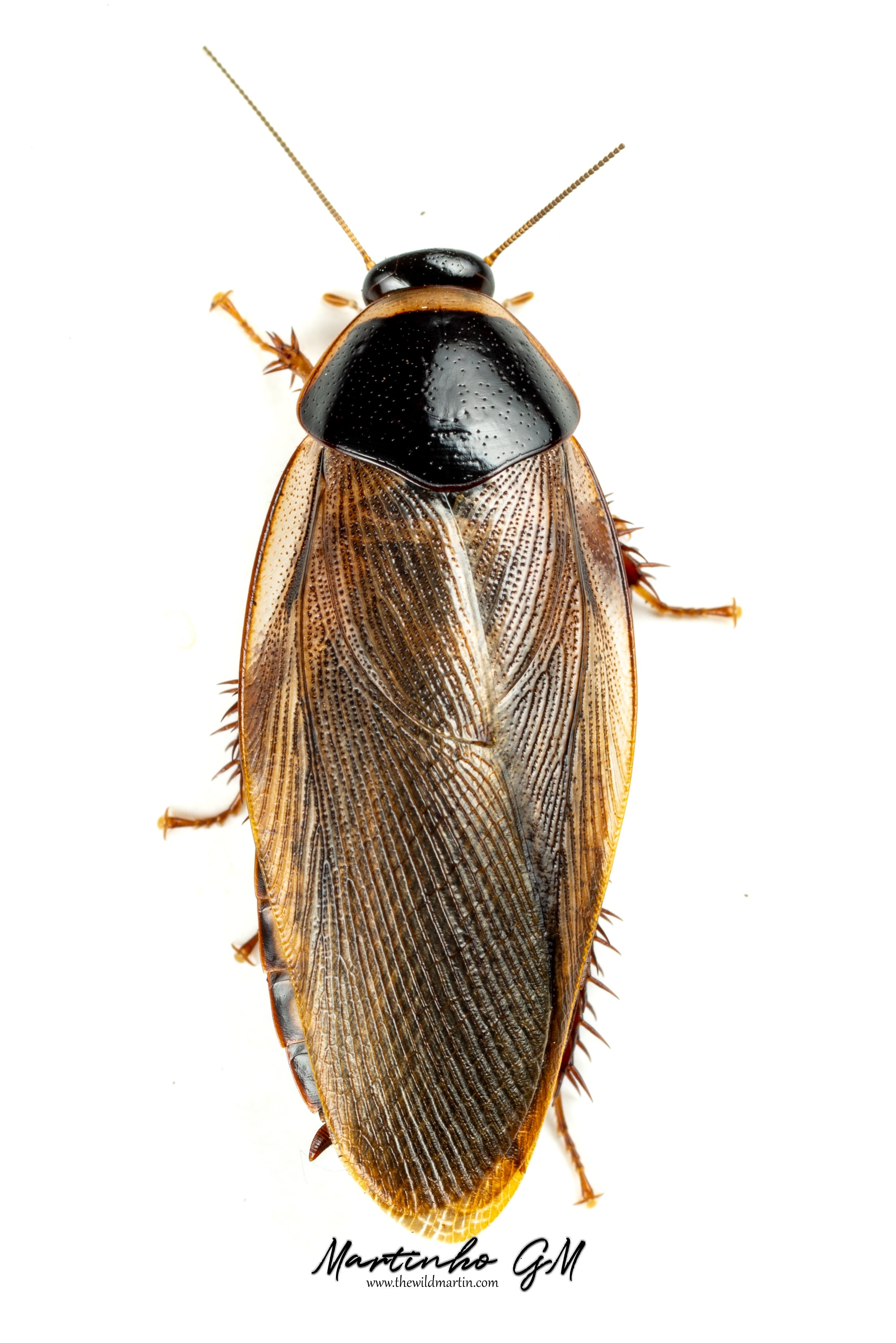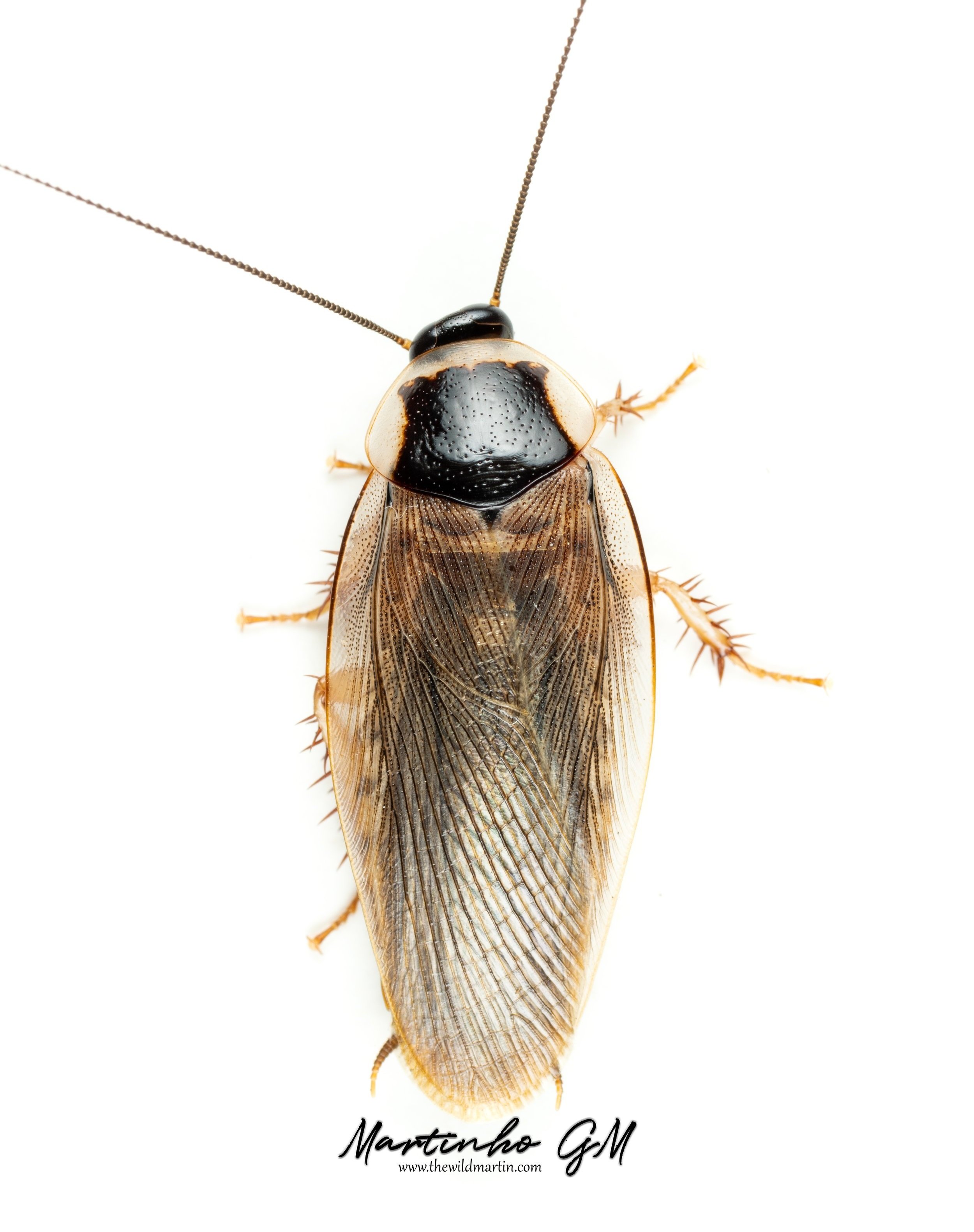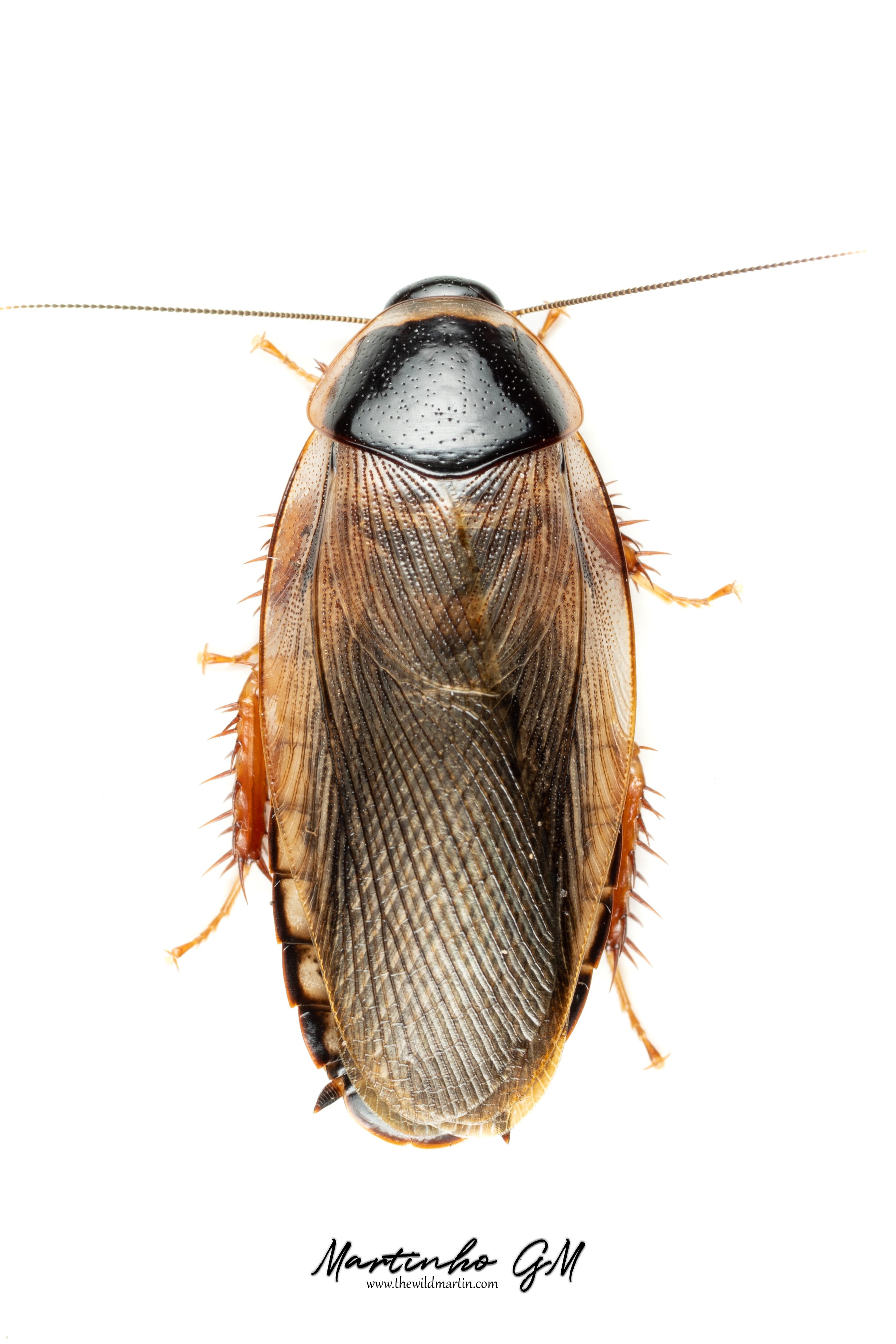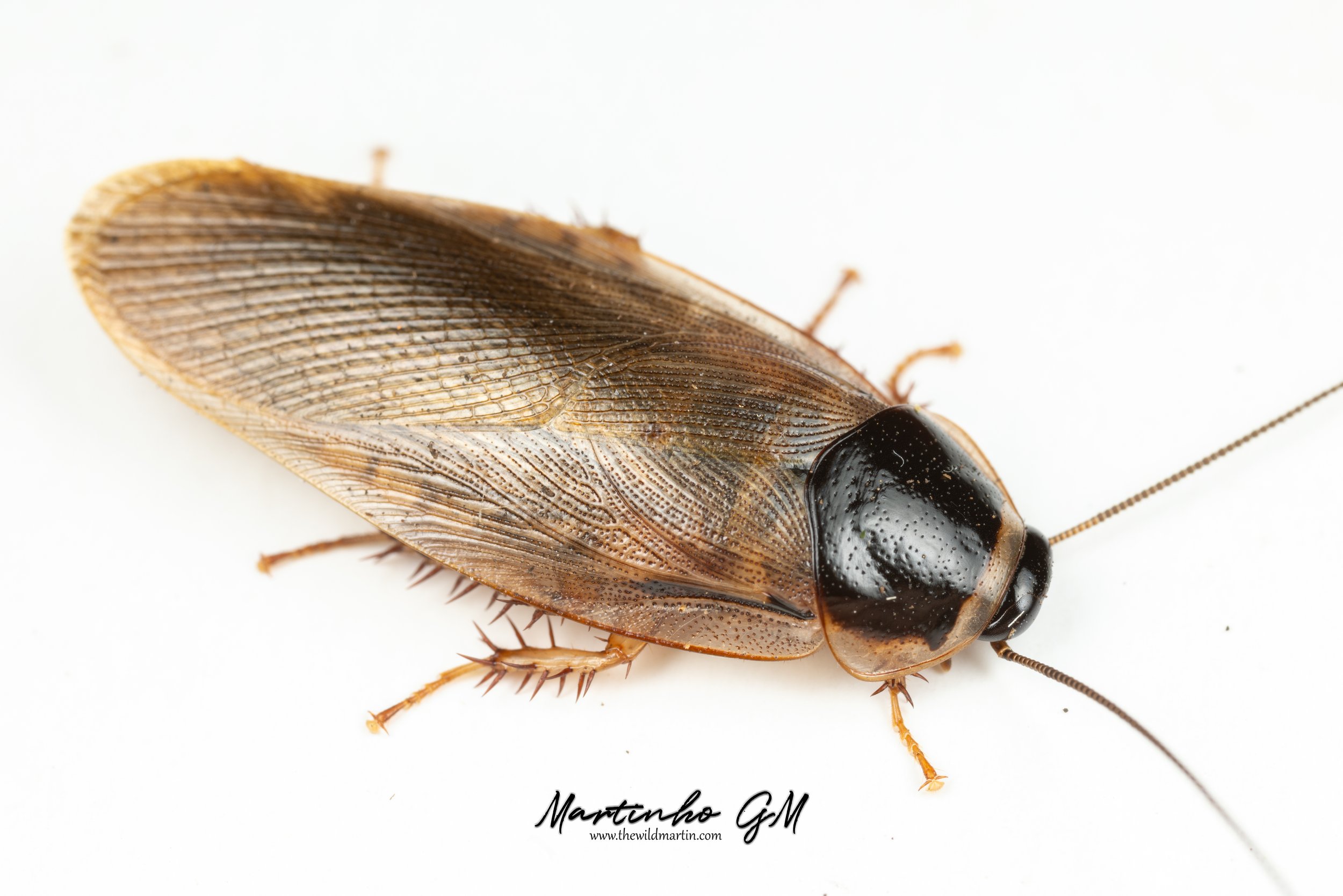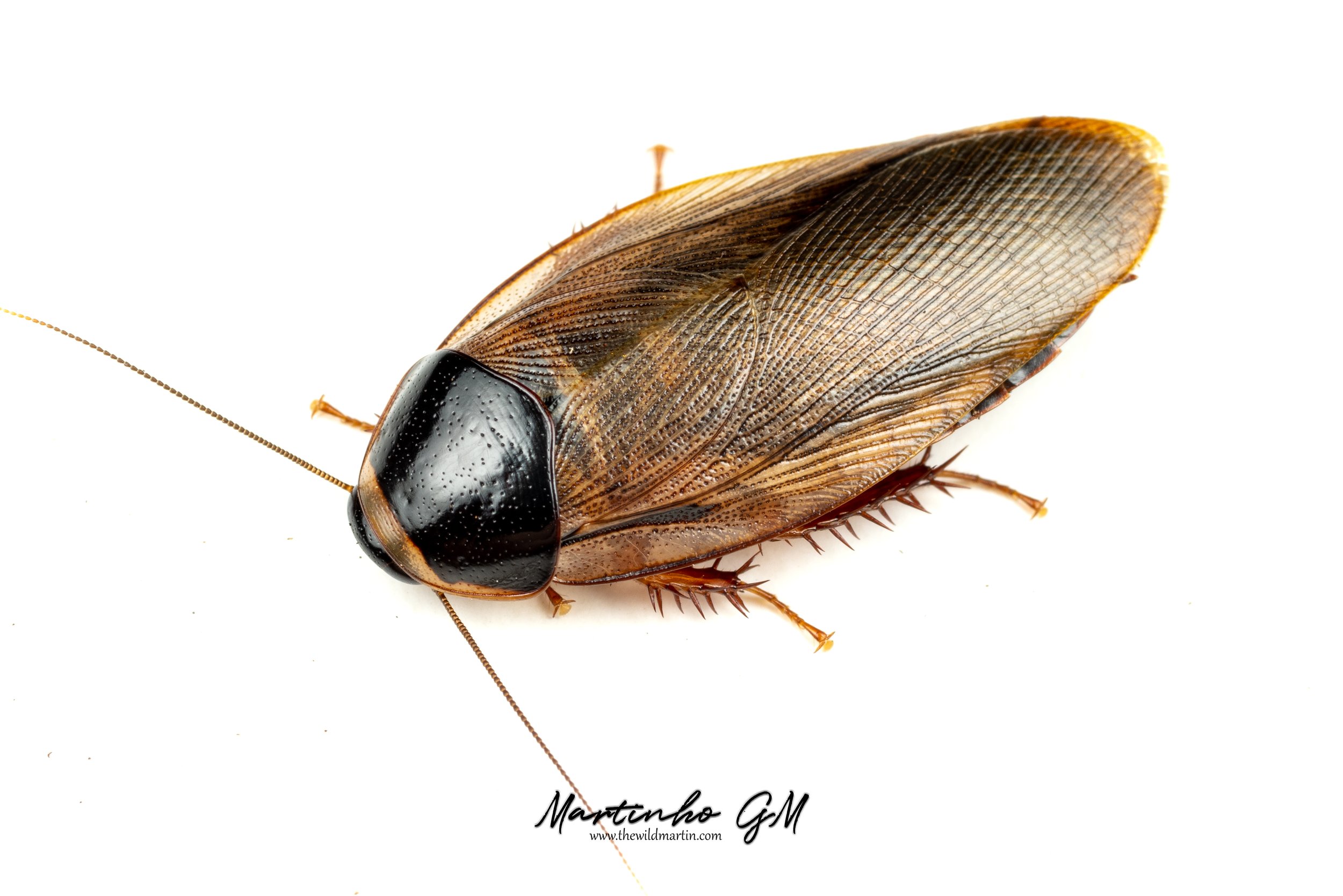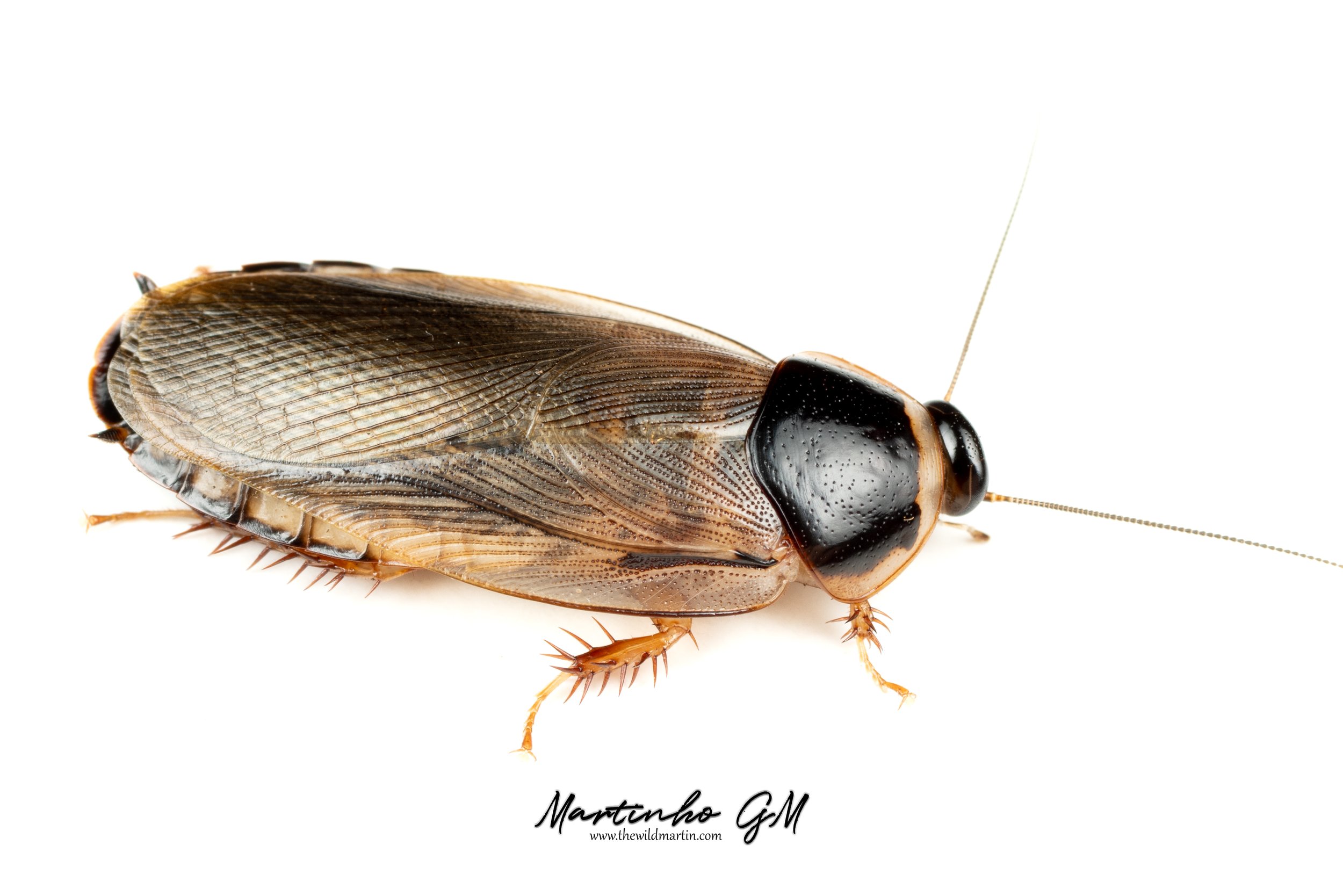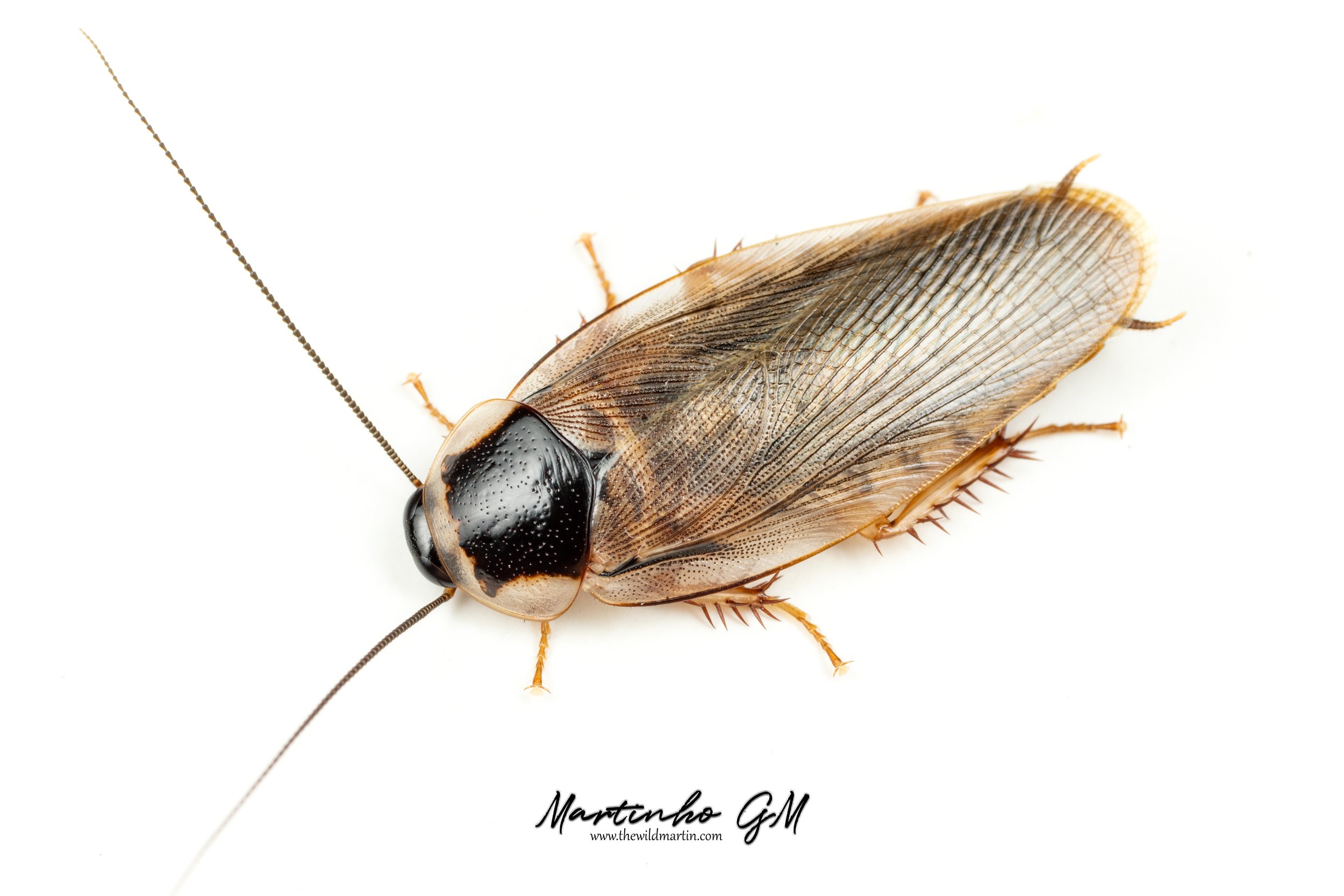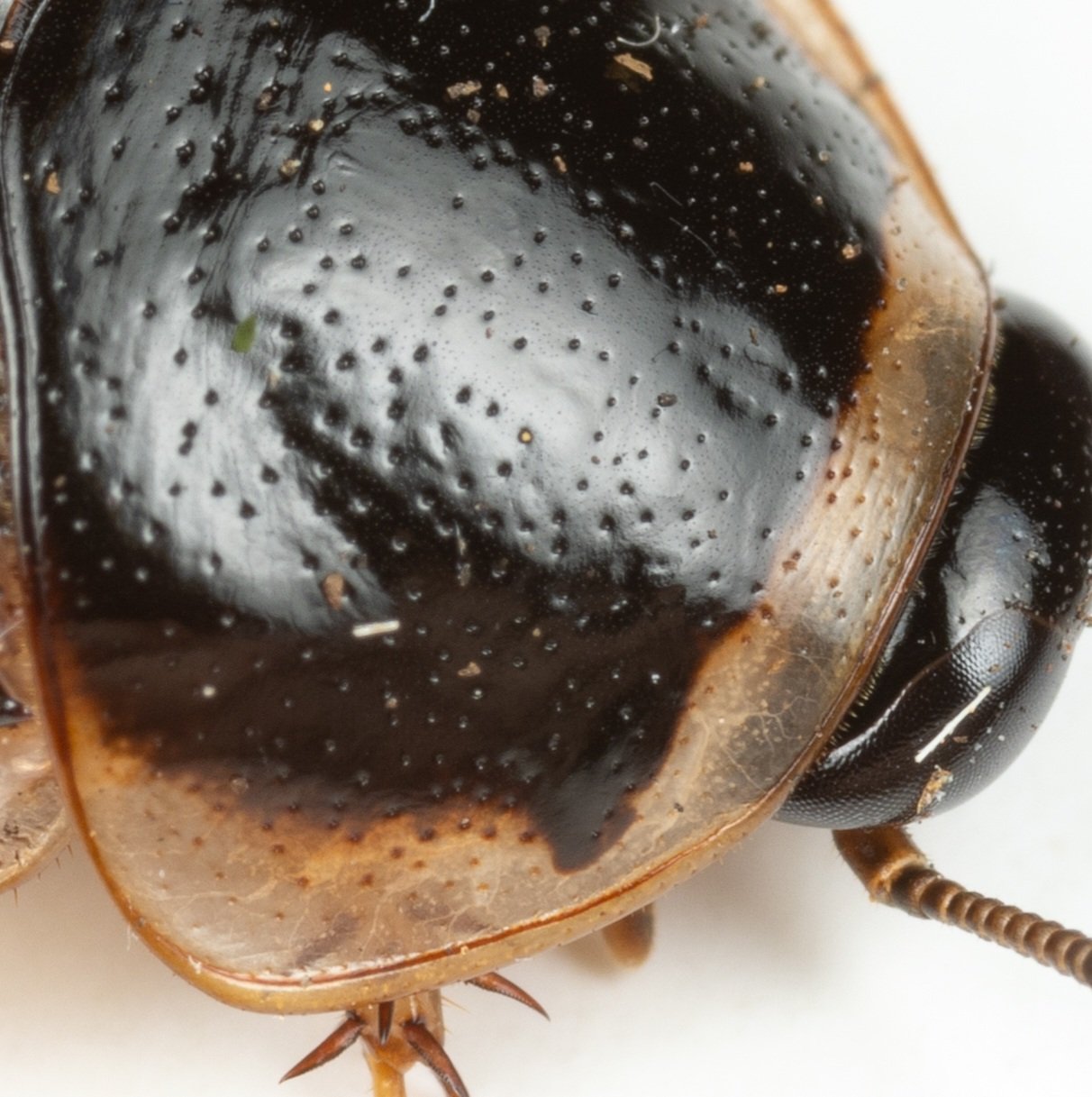Pycnoscelus rothi and Pycnoscelus femapterus
Welcome to another Thailand roach adventure backlog, because some species can only be revealed after they mature.
In December 2022, Nakhon Ratchasima province, in a small famous patch of forest in the middle of farmland area… actually, there were two collection sites, but I only have photo of one of them.
I found some Pycnoscelus adults.
I knew there were Pycnoscelus in this area because my P.surinamensis colony had come from this exact same spot few years prior. I had seen some nymphs some nights earlier, but I didn’t have much interest in collecting them, as I didn’t want any more surinamensis.
But on this particular night, I found this very interesting male as well as this female, which clearly looks like P.surinamensis to the untrained eye. Because of the male, I started to wonder if this was a surinamensis male or something else? and since both were found within 30cm of each other, I wondered if they were a pair? So I brought them back home.
After checking with Alan Jeon and TJ on the discord, they wondered if this could be Pycnoscelus conferta, a species from Thailand, which is not in culture yet.
Pycnoscelus conferta description
I went to investigate and found this description of P.conferta male, but at that moment, this was a bit of Chinese to me…. I couldn’t match anything to my male.
Nevertheless, I kept them, since I had a male and female, maybe they would breed.
Unfortunately, things turned for the worse, as I placed them on a container with soil collected from the garden in the back of the house, instead of soil from their collection site…. it seems that the soil contained some chemicals, and within hours they died… and if more heart breaking to see that the female was pregnant…
Due to my stupid mistake, I decided that I would spend the next nights searching and collecting all the Pycnoscelus I could find.
Unfortunately, I couldn’t find any adults again :( but I did find a ton of varied size nymphs. And some with interesting colorations, browns, reds, blacks and yellows. But my phone camera cant pick these up.
I returned to Macau with all my new Pycnoscelus, clearly separated by collection site. And took some macro photos.
I identified 4 different looking types.
I didn’t know if the coloration meant a different species, but clearly there are minimum two groups here, the uniform coloration, and the split coloration. As you may be able to see, that the last two individuals have a rough looking abdomen half.
Few months later, one of the uniform black females gave birth to many yellow babies and that provided me the answer of what species this was. Since she had no wings, it had to be Pycnoscelus femapterus, the Wingless Female Roach. And she was already a mated mature female when I got here from the wild, because I didn’t had any mature male at that moment. I just thought it was still a very large nymph.
And here is what the uniform red male molted into.
Pycnoscelus femapterus adult male
Pycnoscelus femapterus adult male
Stunning isn’t he?
Remember the first adult male I had caught and died? Clearly the same species, just darker coloration.
So this species became very easy to identify, even as nymphs, just look for a constant uniform coloration.
And I am quite happy to have a new Pycnoscelus femapterus species in my collection with locality!
Now let’s move into the more complicated ones. The split patterns.
At first, I still thought that this was P.conferta but after further researching I found a paper mentioning P.rothi.
It stated that P.rothi pronotum is similar to P.conferta but the black area of the pronotum extends to its caudal margin. Just like showing on the pronotum picture 10.
This would mean that P. conferta would have a similar pronotum marking, but with a yellow contour all around, instead of this horse shoe shape P.rothi has. (n). It also makes the P.conferta description more clear to me now. “very large rhomboidal black spot in the disk” - rhomboidal is a type of trapezoid.
There seems to be some variation on the shape of the black pronotum marking on both males and females. But on Alan’s and TJ’s opinion, it should still be the same species.
Now fingers crossed for some babies soon! And hopefully I can introduce this new Pycnoscelus rothi species to the hobby!
I will keep you posted on their developments!
Oh, I almost forgot, both males when placed in contact with the females, displayed immediate courtship behavior! So surely same species!
And if you remember the first pregnant female that died, she was also P.rothi.
Pycnoscelus rothi female
Thank you for taking the time to read! Hope you have enjoyed!
See you on the next one!
Cheers!
